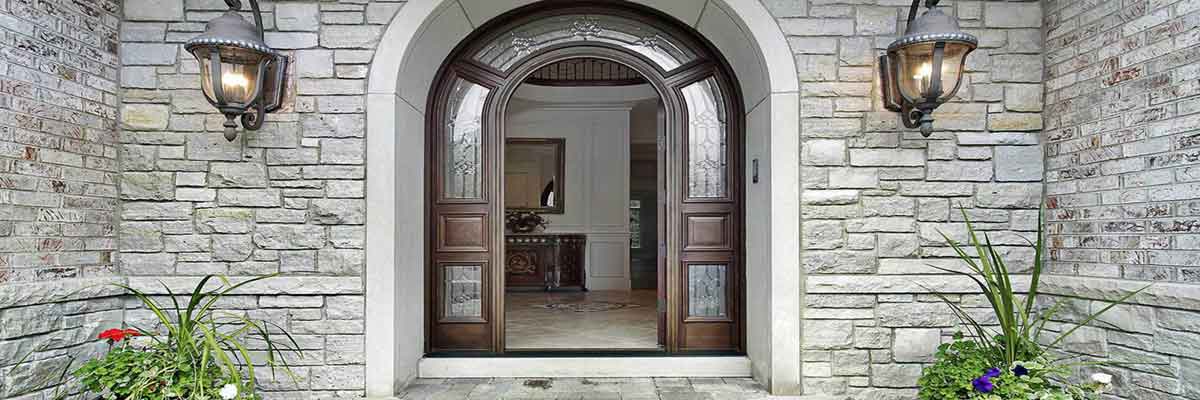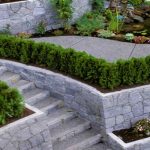Limestone – the Environmentally Friendly Product for Homes and Gardens
Stone is an amazing natural product that can be used in so many ways. Some stone is produced locally and others are sourced internationally from places such as Bali where they are used extensively on easy villas. Homes and larger buildings have been made from stone for centuries and are still standing, making stone such as limestone blocks one of the most environmentally friendly products there is. It can be used for paving or stone cladding that will last almost forever.
While stone does not always withstand disasters such as earthquakes, especially if it topples from a height, neither do most other building materials. However, in places that are not prone to such disasters it has proven to weather other climatic conditions exceptionally well.
Stone is environmentally friendly not only because it lasts such a long time, but for other reasons as well. Here are some of them.
- There are no toxic chemicals or glues used in making it, so it is a safe product with no toxic fumes.
- It is low maintenance. It does not require painting or waterproofing, although both of these can be done to it if necessary. For instance, if used for flooring outside, and particularly around a swimming pool, it would need to be waterproofed.
- It is recyclable. If a stone wall needed to be taken down, the stone could be used elsewhere, for instance, for a garden bench, edging or another wall.
- Cutting the stone doesn’t really harm the environment because nothing can grow there anyway, since the ground is all stone.
- The pieces that break off, or any limestone slab that happens to crack can be recycled by crushing them and mixing with concrete to form an even stronger building or paving product, so there is no wastage.
- It has not one, but several uses, from pavers to stairways and footpaths, and from retaining walls to feature walls and even cladding.
Limestone weathering does occur but is very minimal, mostly being seen on sharp edges that have worn to rounded edges over a period of many years. However, such a small amount of weathering does not affect the ability of the rock to continue doing its job, be that providing an attractive retaining wall, or being part of a commercial building or home.
Limestone is found in several places throughout the world, one of them being in Western Australia. It is cut into blocks or pavers with diamond tip saws and other tools to make a smooth finish, but it can also be rough cut for feature walls or garden walls, with the end result being extremely attractive.
If you are looking for a way to make your home stand out you could do a lot worse than choosing a limestone feature wall or other decorative elements in limestone. Limestone is sure to add value to any building or landscaping project.







